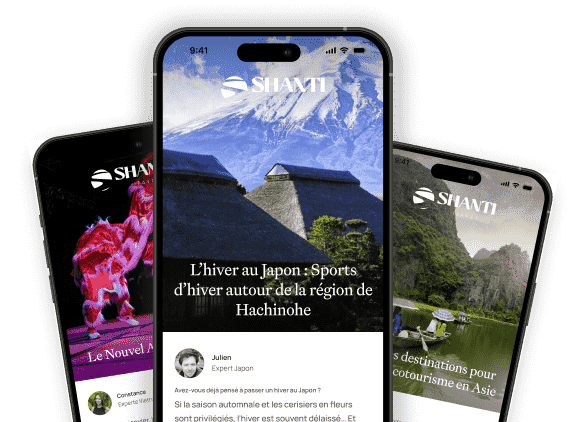

Subscribe and receive our travel inspirations and practical advice twice a month.

Wanting to share your trip with a group?
See our guaranteed departures
To make the most of your holidays in Sri Lanka, it's essential to be well-prepared for the local climate, everyday logistics, and unique regional practices. Drawing on decades of Shanti Travel’s experience and expert tips, here are practical, in-depth recommendations for a smooth and enjoyable journey.
Packing smart for Sri Lanka means aligning your bag with the country’s varied activities, climates, and strong cultural traditions. If you’re planning to use only local transport, a sturdy backpack is ideal—easy to ride with on packed trains and buses. For those traveling by private car or with a Shanti Travel driver, a suitcase works well.
Clothing advice by activity and region:
Essentials to include:
Local tip: Always keep a shawl or sarong handy for temples and sudden chill. Packing cubes keep clothing organized, and a small, secure backpack is practical for day trips.
Staying connected is easy and inexpensive. Sri Lanka’s top providers—Dialog and Mobitel—offer tourist SIM cards at the airport (passport required). These prepaid options deliver robust 4G data (30-50GB for roughly $5–8, valid for a month). Data reliability is excellent in cities and tourist centers but can be patchy in remote mountains; download maps or travel resources offline for areas with weak coverage.
Practical tips:
Sri Lankan power uses 230V/50Hz. Sockets are mostly Type G (UK-style) and Type D (Indian-style); some older outlets use Type M. Many hotels lend adapters, but it’s safest to bring your own universal adapter and a surge protector (occasional surges/power cuts).
Expert advice:
Sri Lanka is a generally safe destination when following basic health guidelines:
Pre-trip:
While traveling:
Get more info from the Centers for Disease Control and Prevention website.
Tap water is unsafe to drink—bottle or purify everything you drink. Brushing teeth with tap water is generally safe if you have a healthy constitution, but when in doubt, use bottled. Always ensure seals on bottles are intact, and avoid uncapped or refilled soft drinks. Carry hand sanitizer, antibacterial wipes, and a travel soap bar for hand hygiene on the go.
Personal care products—especially tampons or specialized toiletries—are limited and expensive. Bring feminine hygiene, favorite cosmetics, sunscreen, and baby items from home. Nappies/diapers and basic baby food are available in supermarkets, but reliably finding Western brands or formulas is not guaranteed.
The currency is the Sri Lankan Rupee (LKR). You can only buy LKR once in-country—either at airport exchanges (which offer competitive rates), currency kiosks, or ATMs. The current rate can be checked at www.xe.com.
ATM and credit card tips:
Money safety:
Sri Lanka offers world-renowned Ceylon tea (look for reputable brands like Dilmah, Mlesna), aromatic spices, batik fabrics, wood carvings, Raksha masks, moonstone jewelry, and handmade Ayurveda products. Haggling is standard in street markets and with mobile vendors—don’t be shy about starting at half the initial price and negotiating with a smile! In stores with fixed pricing (like Laksala or supermarkets), bargaining isn't possible, but authenticity often is higher here than on the street.
Expert shopping tips:
| Category | Recommendations | |------------------------|-----------------------------------------------------------------------------------------------------| | Best Souvenirs | Ceylon tea, batik, spices, Raksha masks, wood carvings, jewelry, Ayurveda products | | Bargaining | Common—negotiate at markets; use reputable shops for guaranteed quality | | Prohibited Items | Antique/religious artifacts without permission, protected wildlife/plant products—ask in shops, check labels |
Sri Lanka’s monsoons create microclimates, ensuring sunny weather somewhere at all times. The southwest (including Colombo, Galle, Hill Country) is best visited December–March, while the east and north (Trincomalee, Arugam Bay) shine May–September. The brief “little monsoon” in October–November means more unpredictable weather, but heavy rainfall rarely lasts all day.
Weather tips for travelers:
At Shanti Travel, we accompany our travelers in adapting their routes and experiences to these unique seasonal rhythms, ensuring the best experience no matter when you travel.
With 20 years of expertise crafting tailormade journeys, we at Shanti Travel know that a thoughtful preparation—respecting local customs, packing mindfully, staying safe and flexible—transforms a standard trip into a truly memorable Sri Lankan adventure.

